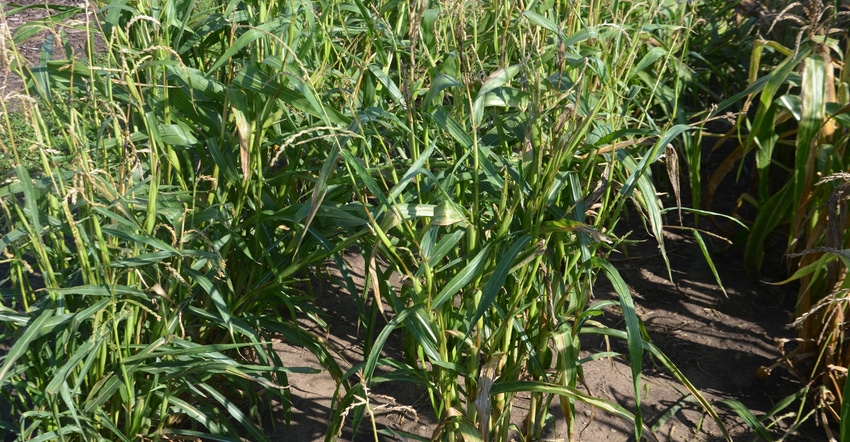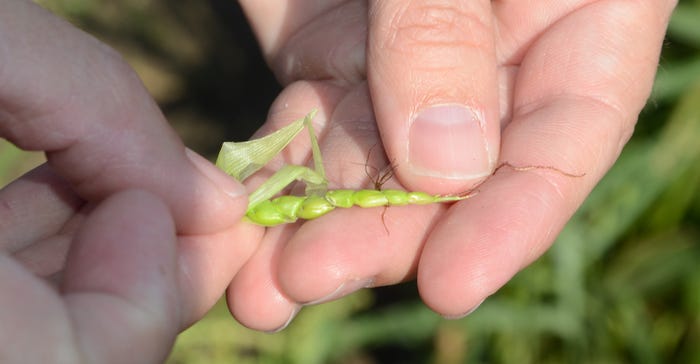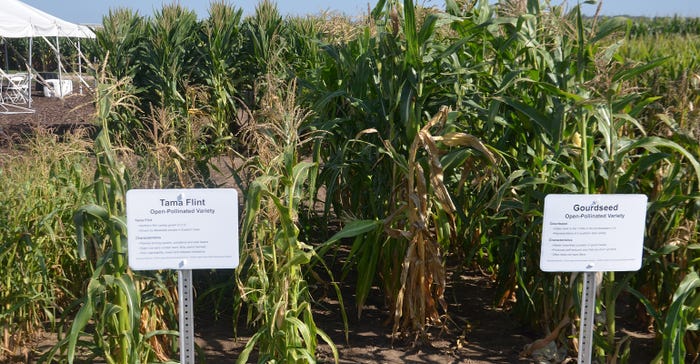
Some yield monitors flashed numbers over 300 bushels per acre during corn harvest in 2022. That’s a far cry from the corn your grandad grew. In fact, yields of 300 bushels per acre or higher seem almost impossible if you know the full story of corn.
Mark Jeschke, an agronomist with Pioneer based in Johnston, Iowa, manages demonstration plots on historic land where Henry C. Wallace first grew and bred corn nearly a century ago. One of Jeschke’s responsibilities is growing not only early Pioneer hybrids for display, but also early ancestors of corn, dating long before Wallace began experimenting with the crop.
Come along as Jeschke begins a tour of these historic plots:
Teosinte. Believe it or not, this plant — which resembles a normal grass plant more than a modern corn plant — is where the story of corn begins. “It dates back about 9,000 years, and it was grown in Mexico and Central America,” Jeschke explains. “The plant was bushy, and it produced multiple ears on each branch.”
If you don’t think this plant looks like corn, you won’t find any better resemblance with the seeds. Jeschke peels off some seedheads to give an idea of what seeds looked like. They don’t bear a great resemblance to modern corn kernels.
Seeds grow almost on top of one another. “They’re small and triangular in shape,” Jeschke says. “These seeds are also hard, and it turns out that they are difficult to digest.”

Jeschke can grow teosinte and other early corn ancestors thanks to seed provided by the USDA Agricultural Research Service through its North Central Regional Plant Introduction Station.
Tama Flint. This flint variety of corn was grown by the Meskwaki people in eastern Iowa. Compared to the teosinte, it at least resembles what you know as modern corn.
You may have heard your grandfather talking about growing pumpkins in between check corn rows in the 1930s and 1940s to sell to canning factories. Tama Flint corn was often grown among pumpkins, squash and pole beans in a reverse role. Jeschke says it typically produces ears with eight rows of hard, flinty starch kernels. It was plagued by poor standability, diseases and insects.

Gourdseed. This southern dent, open-pollinated variety dates to the 1700s, grown primarily in the Southeastern U.S. Seeds resemble pumpkin or gourd seeds more than corn kernels. Ears are soft-textured and short yet thick.
Jeschke notes that unlike teosinte, Gourdseed doesn’t usually produce tillers.
Editor’s note: This is the first in a series of articles about the history of corn and modern corn hybrids.
About the Author(s)
You May Also Like




